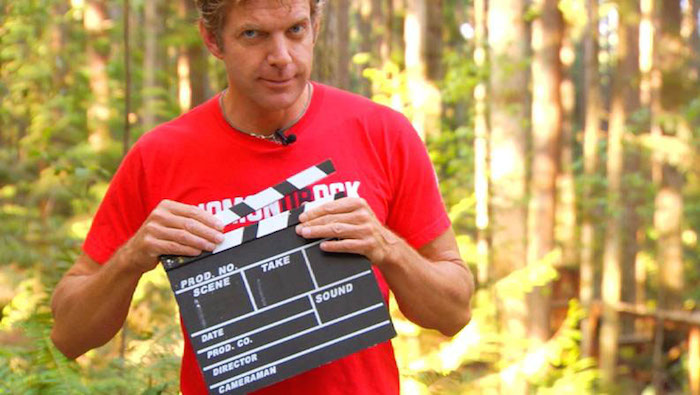Simon Lawton is a pro mountain biker and the owner of Fluidride, a coaching company that specializes in clinics and video. He just released Progression, a feature-length instructional film that teaches the ins-and-outs of three major skills. He introduces the skills here:
Throughout my riding career, I’ve worked hard to emulate the best riders in the world. When I watch the world’s elite riders, I always ask myself, “What are they doing that I could be doing better?”

With this methodology, I’ve been able to consistently improve my riding, and I can feel my technical skills rapidly progressing with each passing season. Of course as a coach, it’s important to share this with my students so they can put into my acquired knowledge to use during their own rides. To communicate these skills effectively, I’ve started making up my own vocabulary for techniques commonly used in our sport. Here are three important skills to gain when becoming a better mountain biker.
- Featuring. Have seen your favorite rider gracefully air over terrain where there seems to be no jump offered at all? This is Featuring. To Feature, a rider uses small bumps, roots, rocks, or anything available to jump down trail. Once you learn this skill, the way you view trails will never be the same. I used to look at really technical sections of trail as being full of liabilities, but with an enhanced ability to work sections with Featuring, I’ve started seeing complex technical sections as being filled with assets. This not only changes the way I ride, but almost more importantly, the way I feel when I ride. I now take a much more positive approach to trails because I see them as full of things that will help me.
- Pumping. I teach riders how to pump the trail properly for speed and control. There is a difference in the way we treat a trail based on speed. With changes in speed come changes in this technique.

- Manual. I used to watch riders manual (basically a standing wheelie) through sections during pro downhill practice with my jaw hanging open in awe. With some work, I’ve been able to add this skill to my riding quiver. It creates not only speed and flow, but also more safety to my riding when I’m tackling certain sections of trail.





